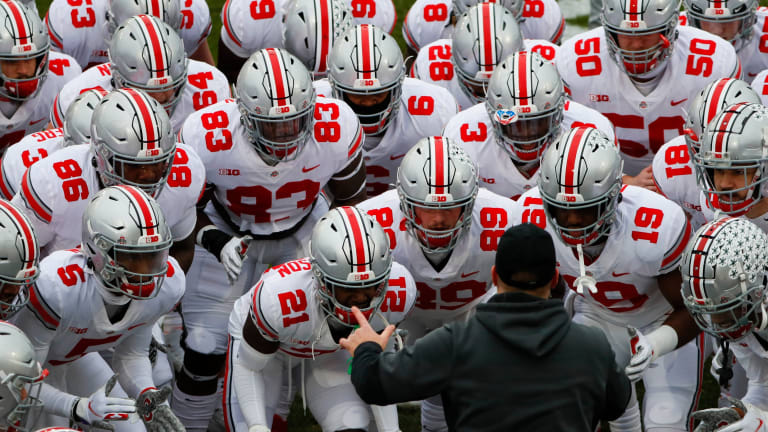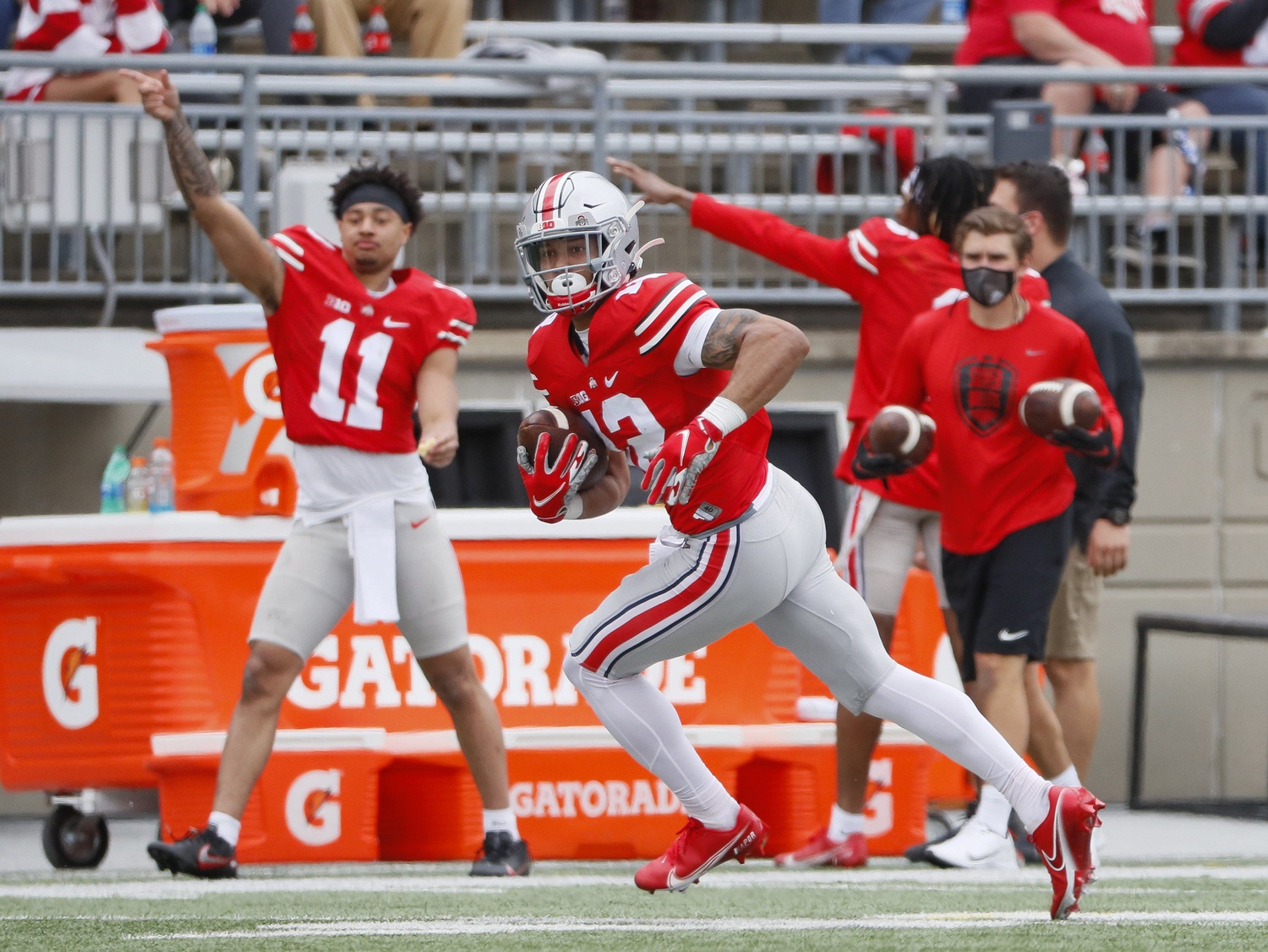
A Jersey Guy: College FB Will Be Different

It's almost here, so prepare yourself.
College football is about to be engulfed by what could be a tsunami that will change the face of the sport, but NOT the essence.
The first part has been underway for several months now: freedom to transfer from one school to another one time without penalty.
As of this week, more than 2,100 college football players had placed their name in the transfer portal since August 1, 2020.
We have already seen a sample of how transfers can change the nature of the gane the past two seasons in which a former Ohio State QB (Joe Burrow) went to LSU and won a national championship and a Heisman Trophy and last season when a former Georgia QB (Justin Fields) went to Ohio State and brought the Buckeyes to the national championship game.
Those moves were made before the system was full operative.
Now, as coaches of national championship contenders look for pieces to fill in their gaps, watch what happens.
Keep an eye on Oklahoma, which benefited when it grabbed QB Jalen Hurts from Alabama. This year the Sooners made a move at running back, gobbling up Tennessee's leading rusher from a year ago, Eric Gray.
Alabama has made a few moves as has Miami and Notre Dame, all of which will provide intrigue to the 2021 season.
Power 5 rosters will be dotted with portal transfers for the upcoming season and beyond as the era of college football free agency has arrived.
What will be interesting to watch is what happens on July 1 when state laws in five states--Alabama, Florida, Pennsylvania, Mississippi and New Mexico begin to let athletes profit on the use of their image or likeness.
The gloom and doomers suggest that this will ruin college football as an "amateur;'' event.
Poppy-cock.
It will change it.
And yes, there will be a period of adjustment and yes, people will break whatever rules are made, especially in Southeastern Conference country, which should be noted has schools in four of the five spots who will allow business to be conducted on July 1.
And there will be a caste system. The Power schools among the Power 5 conferences will flourish, the bottom half will flounder.
The danger is that what is perceived as a small community of elite--Alabama, Oklahoma, Clemson, Ohio State--will continue to flourish because they can.
Opening the playoffs to 12 teams could be a way to create new faces, but that still has some major obstacles to overcome.
The most intriguing part is the money for likeness issue and its potential for malfeasance.
But spare me the "end of college football as we know it chatter''. I witnessed first hand the wild wild west days of cheating in the Southwest Conference in the 1980s, where there were no rules in what was done.
Take for example, a booster from an SWC who was chasing a running back and found out that the grandmother of the prospect owned an open lot next to her house.
At the time, the property was classified as residential, meaning it had a set market price. The booster got the land reclassified to "commercial'', paid the grandmother what was a fair price for the land and then had the lot reclassified back to residential, which he then sold back to the grandmother--who made a tidy profit.
And yes, the recruit went to that school.
There were also weekly business luncheons in the Dallas Fort Worth metro area among executives spread among the 8 SWC schools in Texas conducting fantasy football drafts among the top high school prospects in the state.
Each member would submit a bid, which would give him rights to that prospect. The man would then take that money and attempt to "buy'' the player for his school.
So while there might be some outrageous incidents in the next several months, it will still need to cover some ground to reach the old SWC territory.
One possibility for players to make money would be in the ever expanding area of podcasts.
A simple arrangement would be for a high profile SEC player--quarterback most likely to start his own podcast and ask for a sponsor, who would then pay a fee for an ad on the podcast, with the athlete getting the money
The other good news about all of this is also obvious.
It will put more power in the hands of the players and perhaps widen the opportunitiy of success for more teams.
But one thing is certain.
College football is indeed alive and well and showing lots of signs of l ife